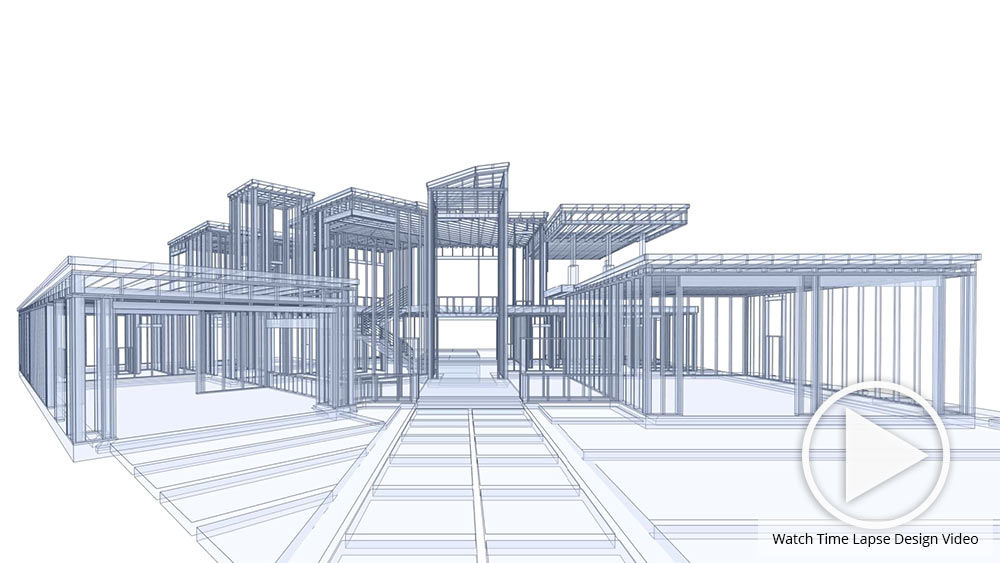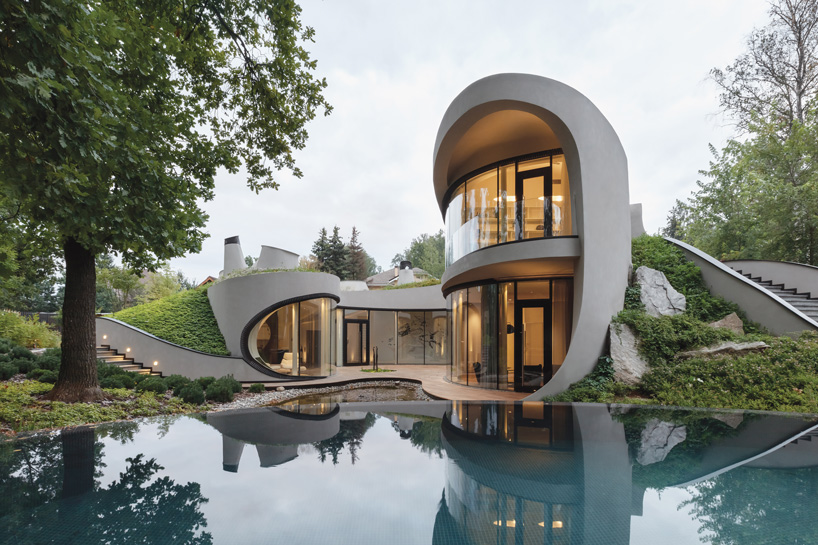Explore Award-Winning Jobs by Distinguished CDA Architects
Explore Award-Winning Jobs by Distinguished CDA Architects
Blog Article
Understanding the Collaborative Refine Between Designers and Engineers in Modern Construction Projects
The joint procedure in between architects and engineers is essential in modern-day building tasks, as it integrates style intent with engineering expediency. Exploring these characteristics exposes understandings that might considerably impact task outcomes and general sector criteria.
The Relevance of Partnership
The collaborative harmony between designers and engineers is essential for the successful awareness of any type of building project. This partnership combines distinctive knowledge and viewpoints, making it possible for the combination of cutting-edge layout with practical design remedies. By collaborating, designers and engineers can make certain that a job not only meets visual and functional needs yet likewise sticks to safety, sustainability, and financial restrictions.
Collaboration fosters a common vision, promoting the placement of objectives and expectations from the outset. This placement is crucial in resolving possible difficulties and mitigating dangers that could arise throughout the job lifecycle. A joint technique allows for the reliable appropriation of resources, maximizing both time and expense.
The significance of collaboration encompasses the repetitive process of design and building and construction, where responses from designers can inform building choices, resulting in even more practical and sustainable designs. Conversely, engineers can inspire designers to believe artistically about just how to accomplish architectural stability without endangering creative intent. Ultimately, the joint connection between engineers and engineers is not simply useful; it is fundamental to the development of top notch, functional, and cutting-edge developed settings that meet the demands of society.
Communication Techniques and Devices
Effective interaction techniques and tools are important for fostering partnership between engineers and designers throughout the task lifecycle. Establishing clear channels of communication is necessary to ensure that all team participants are lined up with project objectives, timelines, and duties. Normal meetings, both in-person and online, provide opportunities for stakeholders to discuss progression, address worries, and make informed choices.

Furthermore, taking on collective interaction tools, such as Slack or Microsoft Teams, permits instant messaging, documents sharing, and recurring conversations, promoting a much more active reaction to arising concerns. File monitoring systems also play an essential duty in organizing project documents, making certain that all employee have access to the current info.
Shared Objectives and Task Vision
An unified project vision serves as the foundation for effective cooperation in between architects and engineers (cda architects). This common vision not just lines up the efforts of both events yet also develops an usual structure for decision-making throughout the project's lifecycle. By articulating clear objectives, stakeholders can effectively browse the complexities of modern-day construction projects, ensuring that both aesthetic and functional requirements are met
Establishing shared objectives entails open discussion and a comprehensive understanding of each self-control's contributions. Architects normally concentrate on layout intent, spatial partnerships, and customer experience, while designers stress architectural stability, systems performance, and compliance with regulations. When these perspectives are aligned, the result is a natural task that follows both imaginative desires and technological usefulness.
In addition, a distinct task vision promotes responsibility among employee, urging each individual to take ownership of their role in achieving the wanted result. Routine check-ins and collaborative workshops can further enhance this dedication, enabling modifications to be made as the job develops. Eventually, a shared vision not only improves team effort however additionally raises the high quality of the final deliverable, resulting in successful task completion.
The Role of Technology
Leveraging modern technology has come to be vital in boosting partnership between engineers and engineers. Structure Information Modeling (BIM) stands out as an essential technology, permitting both designers and engineers to produce in-depth 3D versions that encapsulate layout intent and architectural integrity.
Furthermore, cloud-based systems enable seamless partnership, permitting project stakeholders to gain access to and upgrade task information from anywhere. This cultivates a society of transparency and accountability, as adjustments can be tracked blog and assessed in real-time. Furthermore, mobile applications further boost interaction, giving on-site groups with instant accessibility to job specifications and updates.
Emerging technologies such as expert system and artificial intelligence are also starting to contribute in anticipating analysis, helping groups identify possible concerns prior to they develop. Inevitably, the duty of modern technology in architecture-engineering cooperation not only boosts workflow performances but likewise improves innovation, leading to more successful task end results. By welcoming these technological improvements, designers and designers can guarantee an extra natural and productive collective procedure throughout the construction lifecycle.
Study in Effective Collaborations
Numerous situation research studies highlight the extensive impact of effective partnerships between designers and engineers on job results. One significant instance is the cooperation on the High Line in New York City City, where landscape check over here architects, engineers, and urban planners interacted to transform an abandoned rail line into a vibrant public park. This multidisciplinary approach not only enhanced the aesthetic quality but also guaranteed structural safety and environmental sustainability.

The Burj Khalifa in Dubai better demonstrates the value of collaborative initiatives - cda architects. The integration of design and design experience allowed the task team to attain unprecedented heights while sticking to safety and security policies and visual vision
These examples highlight the importance of communication, trust, and shared goals. In today's intricate construction atmosphere, such collaborations are important to navigating obstacles and delivering jobs that fulfill both functional and visionary goals.
Verdict
To conclude, the cooperation between designers and designers is essential for the success of modern building and construction projects. Effective communication methods, a common task vision, and the integration of sophisticated innovations are essential components that facilitate this partnership. By visit the website promoting a culture of liability and leveraging tools such as Building Info Modeling (BIM), groups can browse task intricacies, ensuring that visual, functional, and sustainability objectives are achieved. Inevitably, this harmony leads to ingenious and successful job end results.
Report this page